Recently, we’ve been sending a lot of thoughts, prayers, #goodvibes and sympathy to friends and family in the old country, who are going through kind of a lot right now.
How about we send something useful instead.
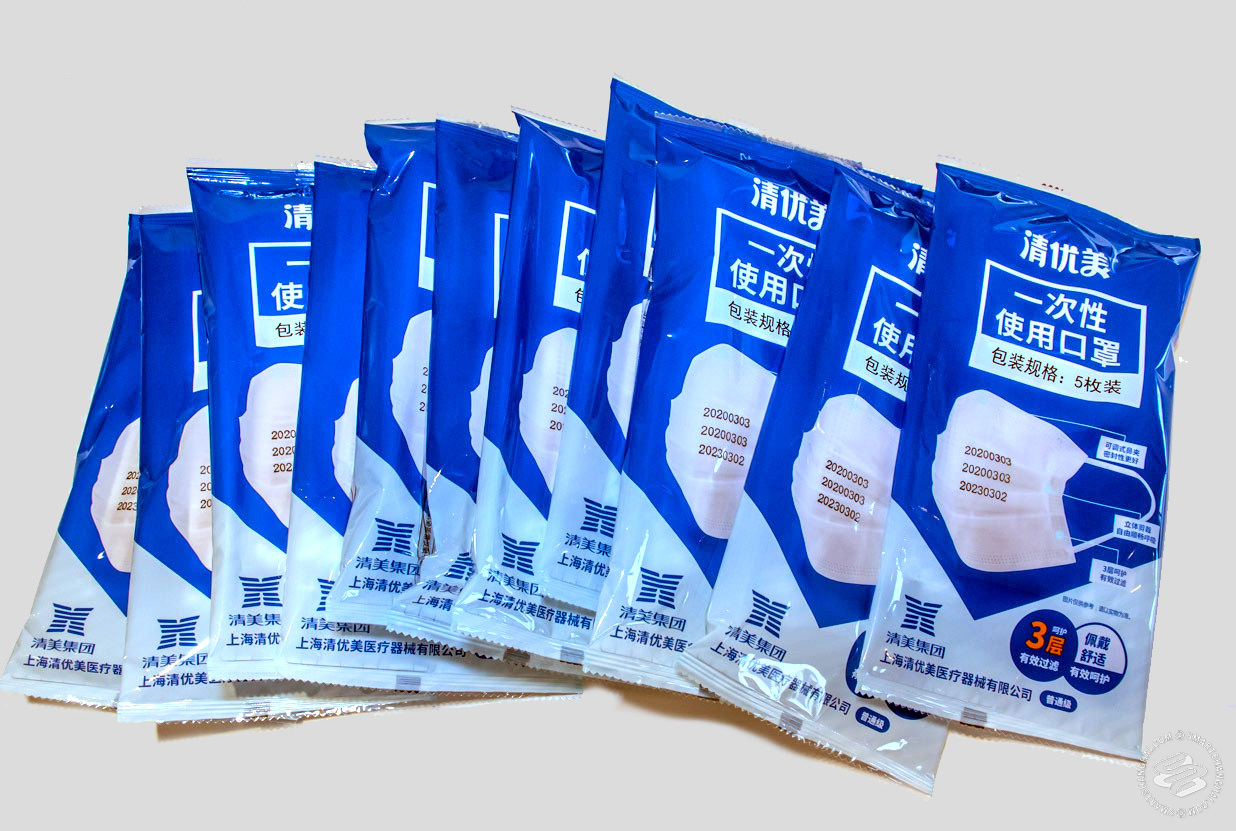
This is how to use courier service SF Express to help the poor unfortunates back home. Unlike DHL and FedEx, SF Express does not have a Covid-19 shipping surcharge for China right now.
Step 1: Download SF Express
The app is called 顺丰速运 (shunfeng suyun) on most Android marketplaces and the (Chinese) iOS stores. Once you’ve installed it, you’ll be prompted to log-in. You can do so with a phone number or with your WeChat account.
… Or Use The WeChat Mini-Program
We had to make the switch to the WeChat Mini-Program at this stage because we’re sending to Russia, and the SF app didn’t list it as a delivery option. That seemed weird. We asked an SF courier and he told us that since they got their WeChat Mini-Program up and running, they’ve stopped updating their own app. Which is wild. SF is the biggest cog in China’s logistics wheel, and effectively the go-to option for businesses of all sizes. Can they do that? Just… not update their app to include the largest country in the world?
Anyway, you find the Mini-Program by searching 顺丰速运+ (more like 顺丰速运 minus Russia, am I right? Zing!) on WeChat. The process remains broadly the same on App or on WeChat: in both cases, you’re looking for the button with the paper-airplane on it marked 寄件 (jijian) or 寄快递 (jikuaidi).
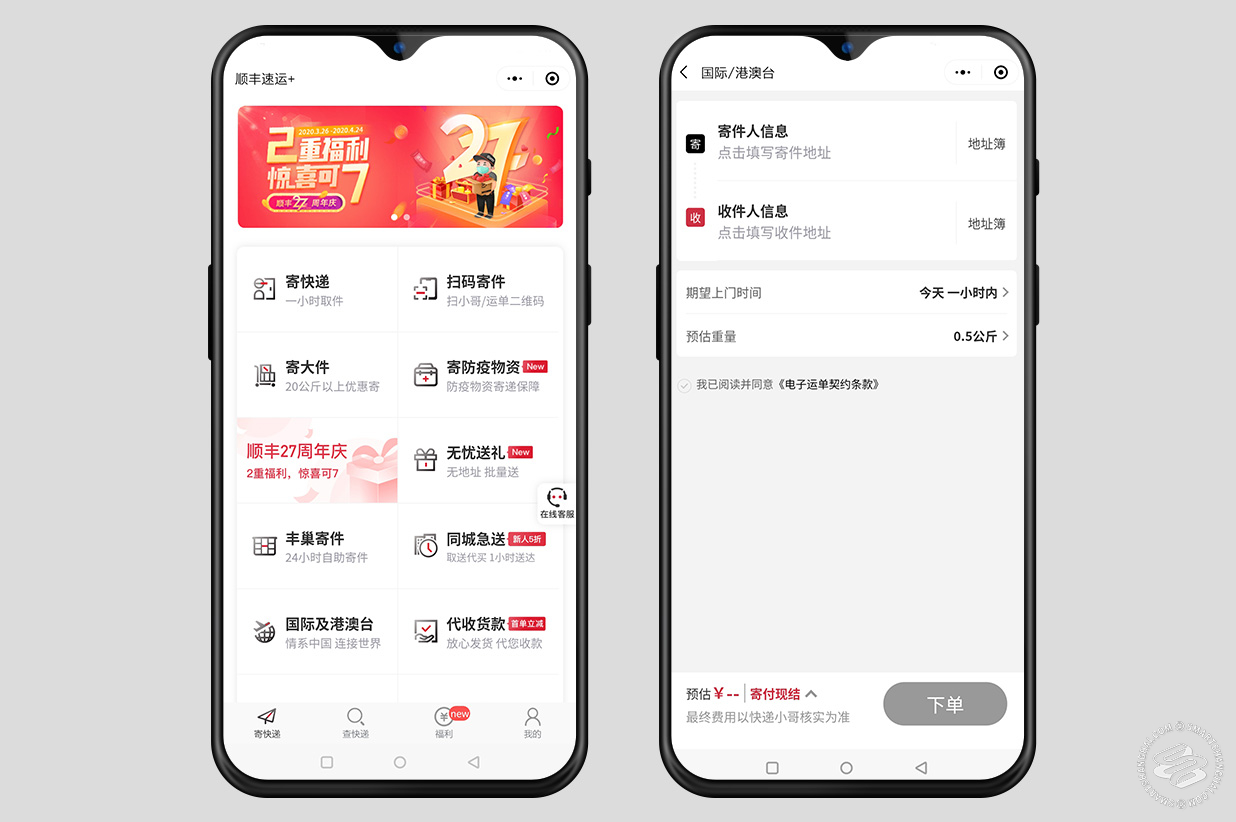
Then you’re looking for 国际及港奥台 (guoji ji gang ao tai) ie. international shipping. (Hongkong, Macau and Taiwan count as international shipping).
Step 2: Enter The Sender
Name, phone number, address where the SF courier will pick your package up from. That’s it. You have to put your real name.

Step 3: Enter The Receipient
Only slightly more complicated than sending domestically: pick the tab you want, either 港奥台地区 (gang ao tai diqu) for Hong Kong, Macau and Taiwan, or 国际 (guoji) for everything else.
Name, country, phone number, post code (this will fill in the city/region automatically), street and address. For the field marked 邮箱 (postbox) it seems they mean an email address. Entering anything with an .ru in it would probably put me on a Dark Web watchlist, so I just put my own.
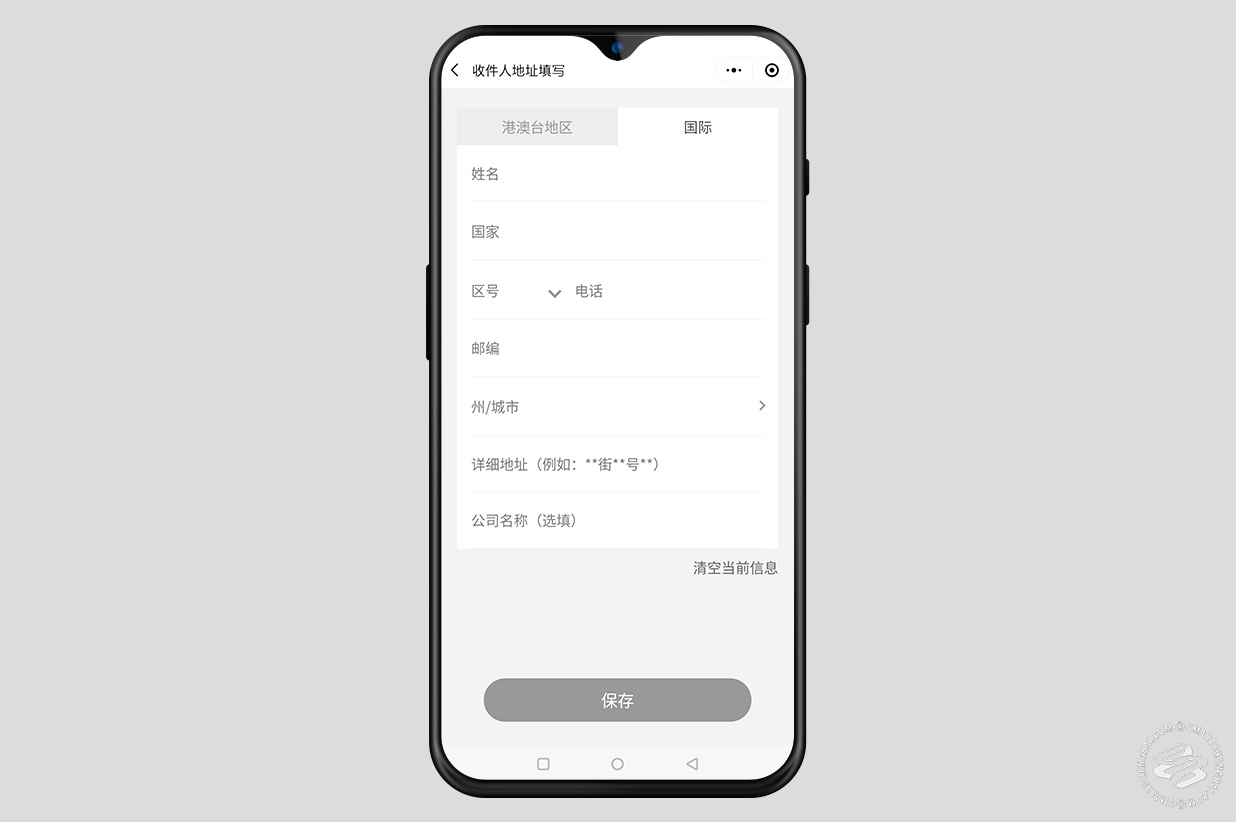
Step 4: Enter The Package Details/Customs Declaration
报关信息 (baoguan xinxi, Customs Declaration). This process can be daunting, because there are a lot of boxes. On the WeChat Mini-Program, you have two categories. 文件 (wenjian) is for documents. Select it and you don’t need to do anything else.
But we’re sending 口罩 (kouzhao, masks) and that falls under 物品 (wupin), basically “everything else.” The topmost field 物品名称 (wupin mingcheng, item name) is easy enough to fill in, and even has (slightly wonky) English. The second field 物品大类 (wupin dalei, item category) is a little fiddly. There are a bunch of categories and they don’t translate super well.
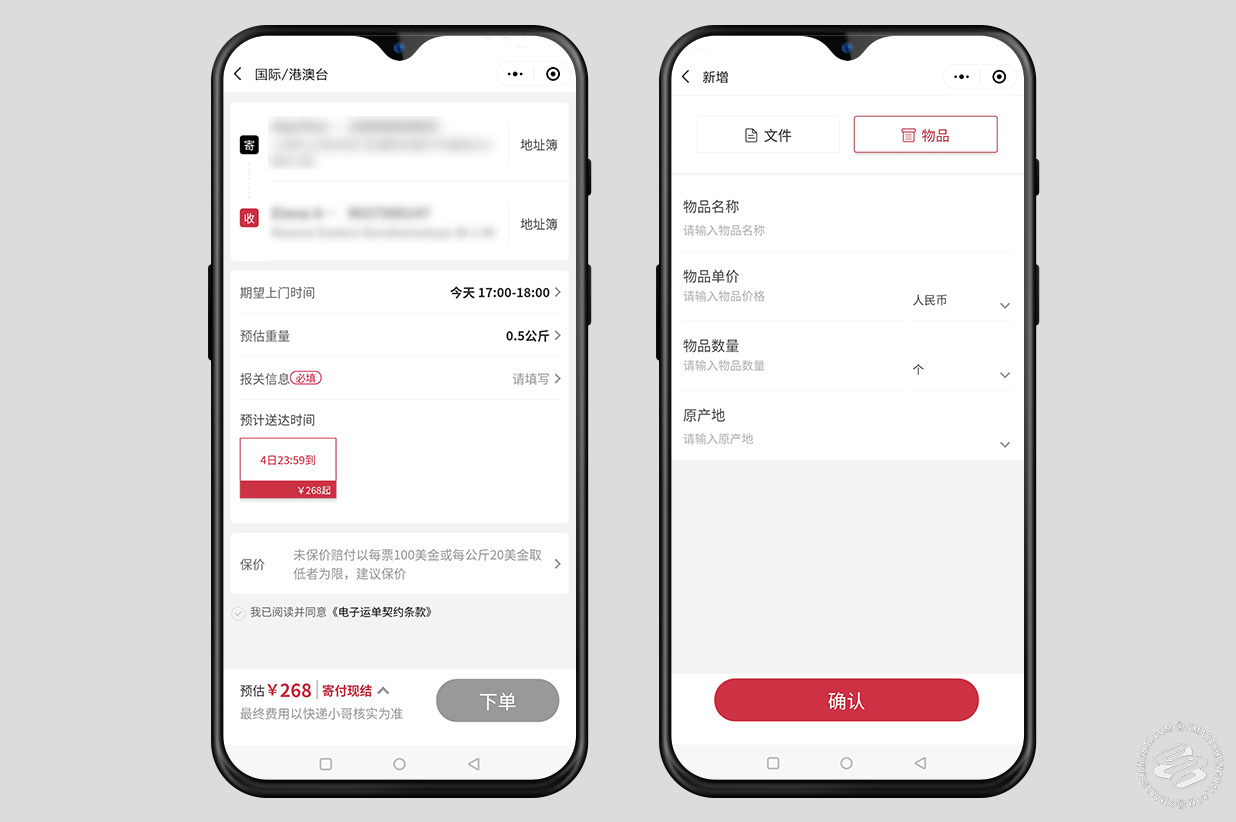
If you’re in doubt, just select 其它用品 (qita yongpin, other supplies) and input whatever seems appropriate for 材质 (caizhi, material). Should be fine. Unless you’re shipping gold bullion, endangered animal pelts or precious, precious toilet paper, your Customs Declaration can be a little vague.
Input the 品牌 (pinpai, brand name), put 个人 (geren, personal) in the box marked 用途 (yongtu, intended use), put the region of manufacture — in my case 中国内地 (zhongguo neidi, China) — in the 原产地 field (yuan chandi, place of origin), add the price and number of items, and we’re set. Customs declaration done!
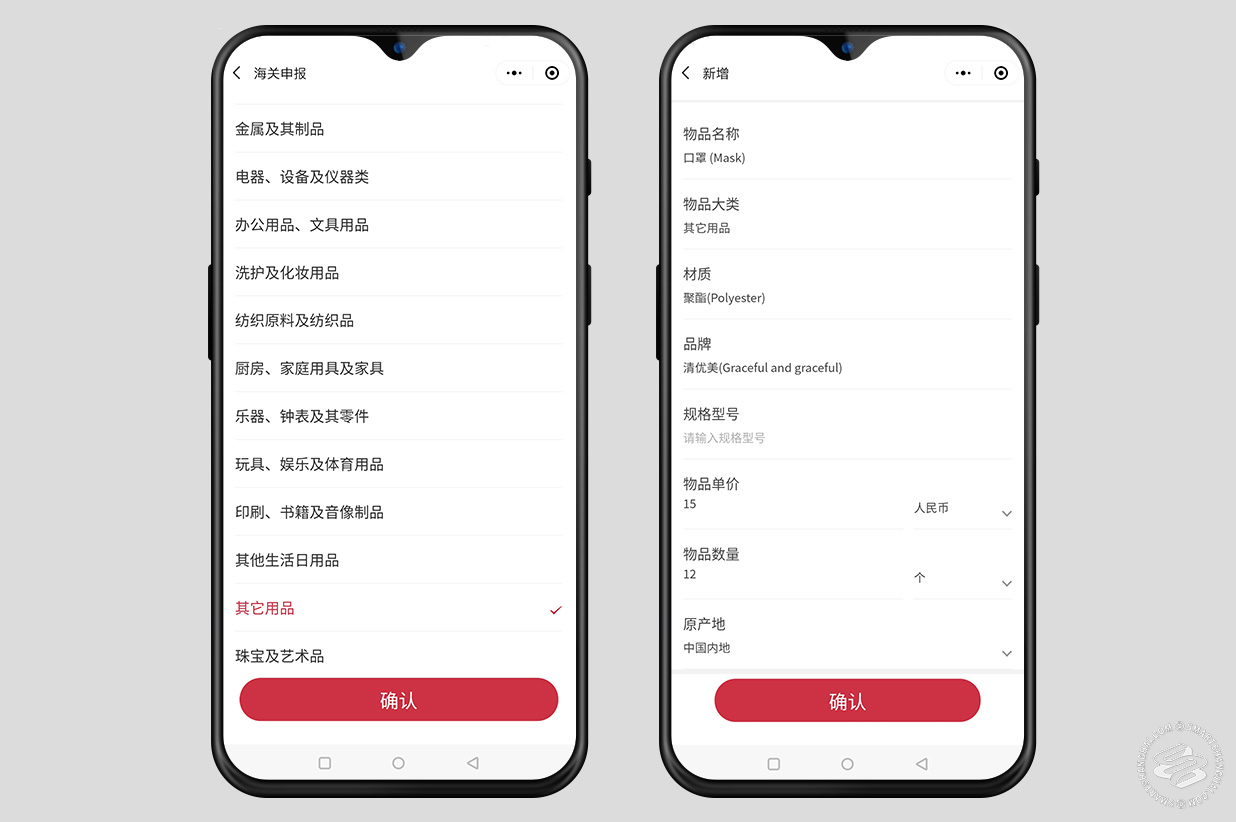
Price of delivery will be calculated from what you input, but the SF couriers will double-check on the spot and might adjust accordingly.
Step 5: Select Delivery Option
Sometimes you get faster/pricier and slower/cheaper options for delivery, sometimes you just get one option. Sending to the US would take either 2-3 or 4-6 days and cost 230rmb/130rmb respectively. Sending to Russia I got one option labelled “uhhh like… April?” and it cost me nearly 380rmb in the end.
An infinitesimal price to pay for peace of mind and the continued existence of family.

Step 6: Await Pick-Up
You can pick any one-hour window for couriers to come pick up your package. Once they show up, they’ll check your package, make sure it’s what you say it is (don’t wrap your masks in two inches of masking tape until after they’ve checked it) and adjust the fee if necessary. You can pay with WeChat or Alipay on the spot. The courier will wrap your critical medical supplies in an SF plastic bag and whoosh, off they go with the spirit of Hermes lifting their heels.
Step 7: Track & Pray
You can track your parcels under the magnifying glass tab, marked 查快递 (cha kuaidi).
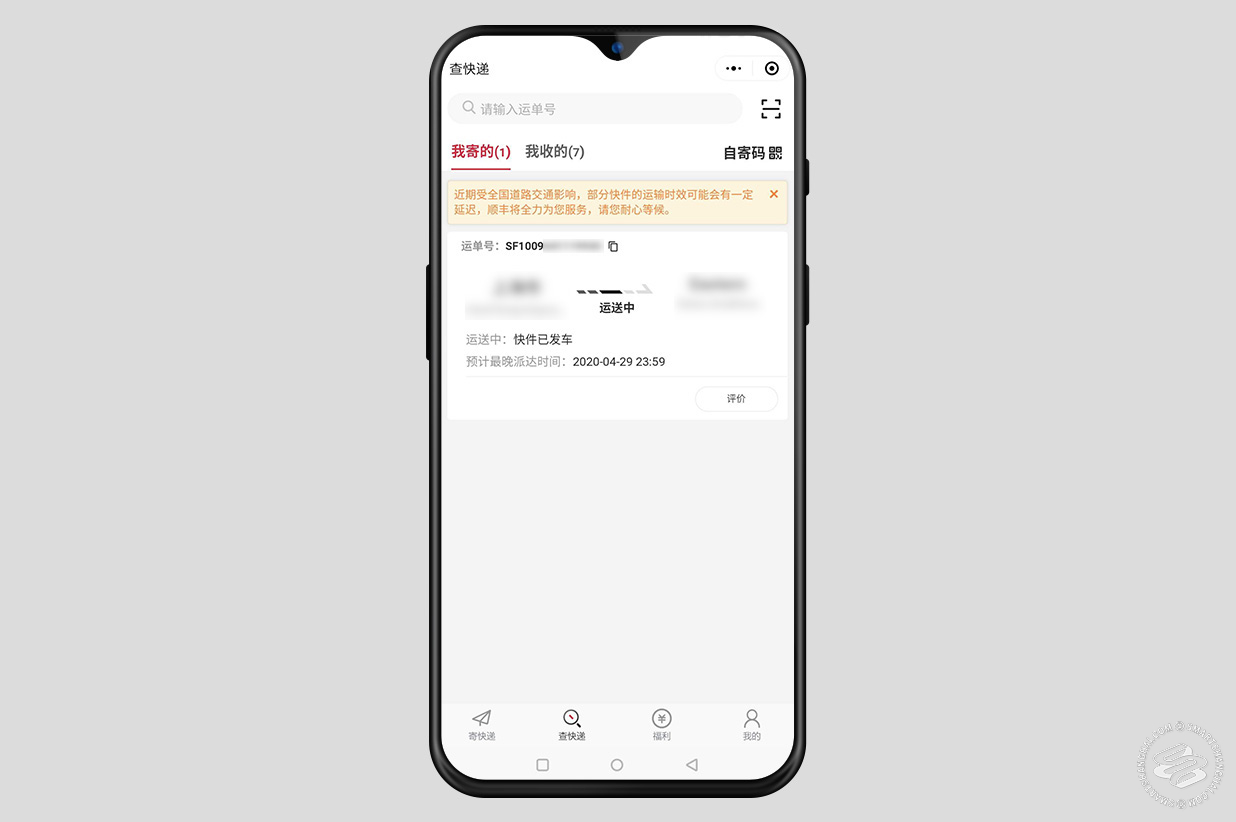
Seems like the the further afield you get, the less accurate the time estimate is for delivery. You can track the progress of your package pretty minutely, though, from pick-up to distribution center to cargo truck to airplane to mule cart to trolley to front-door. From there, it’s up to your recipient to make sure those precious facemasks don’t fall into the hands of the looters.

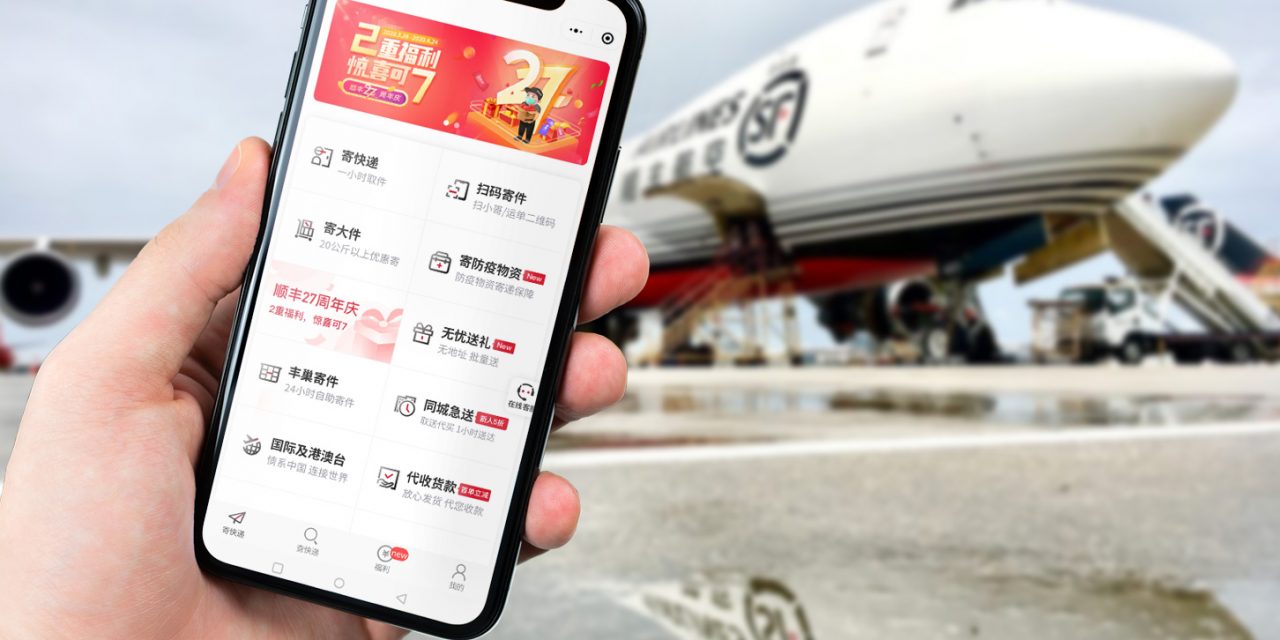
![[How to]: Find Out How Much a Lawsuit Will Cost in China](https://www.life-china.com/wp-content/uploads/2023/08/d746-0ee6-4d5c-9570-5ac19ed8aabd.jpg.680.0-440x264.jpg)
![[How To]: Get a Divorce in Shanghai](https://www.life-china.com/wp-content/uploads/2022/08/1578-53db-4fa2-bded-692d7796f703.jpg.680.0-440x264.jpg)

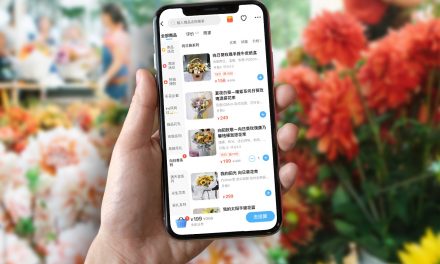
Recent Comments